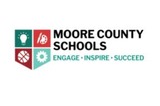
Students will use stream tables to create a landslide and explain why erosion changes the land on mountaintops.
- Subject:
- English Language Arts
- Science
- Material Type:
- Activity/Lab
- Author:
- Carrie Robledo
- LARA CABANISS
- Date Added:
- 03/29/2021

Students will use stream tables to create a landslide and explain why erosion changes the land on mountaintops.
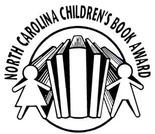
We are excited to present read-alouds, book trailers, book talks and activities for the 2022 North Carolina Children's Book Award Nominees. These lesson plans are provided by NCCBA committee members for librarians and teachers to use. Children may vote for their favorite title if they have read at least 5 of the 12 nominees. Voting begins in March and ends in April. Go to the NCCBA Blogspot to submit your student's votes!It's also time to start nominating books for the 2022-2023 North Carolina Children's Book Awards! Nominations are submitted by the children of North Carolina in grades K-6th. Teachers and librarians may help children enter their nominations, but no teacher or librarian should enter their own favorites. That's what makes this award so special - the books are nominated by kids and voted on by kids to determine the top two books of the year! Go to the NCCBA Blogspot to start nominating!Kids may nominate more than one favorite.
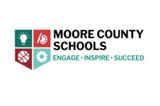
Learners will design a combined machine to eliminate one chore they may dislike. Once learners work through the engineering design process, they will share their prototype locally.
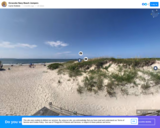
Virtual Reality tour of the history of the Ocracoke Navy Beach Jumpers during World War II.
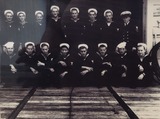
This is a VR lesson about
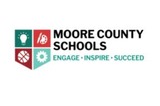
Can you create a free standing castle using the given materials that will withstand the dragon’s fire?
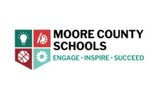
Students will design and build a paper roller coaster using cardstock paper and clear scotch tape that will perform 4 loops and 8 turns/curves. 7th Grade will have to complete 8 loops and more curves/turns. Students will use the engineering design process while completing this project.
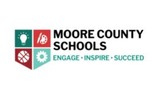
Students will be grouped into teams. Then each team will create a pathway for their Hexbug to travel. The Hexbug path should be 5 feet from beginning to end and must include two curves, a hill, one bridge and one tunnel. The Hexbug must travel from the beginning to the end without any assistance. Each team will have a timer and will have 20 minutes to design the quickest path they can for their Hexbug. After the first race teams will have 5 minutes to talk about changes they can make and 5 minutes to make the changes. There will be one final race to see if a different team is able to win.
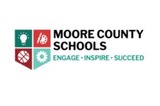
This task explores the real world topic of building light rails. Throughout the implementation of this task the students will learn about the cost of building railways and how to implement them within a budget. This task explores such mathematical concepts of using coordinates to find the distance between points, using coordinates to build polygons and find the area and length of sides, and writing equations of parallel lines.
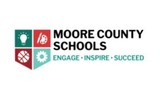
Students can work collaboratively in small groups of 3-4 students for this engineering design unit that integrates literacy to explore forces and motion (pushes or pulls). Students will design a way to safely keep bunnies out of a garden.

Background: students are familiar with static electricity, charge, and sparks. They also know about conservation of energy, forms of energy including potential energy, power, and work. Students will complete a variety of activities using breadboards, which will display various types of circuits and their effect on the flow of electricity.
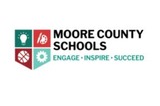
Students will work or in learning teams to design and build a cardboard ship bow using Makedo tools to transform their desk or a copy paper box into a pirate ship for the classroom museum. Students will research historic North Carolina pirates including Blackbeard using multiple print and digital texts to prepare a written entry for their exhibit.Family and other classes will be invited to view the museum. Students will share their experience with the Design and Engineering Process through class discussion and by publishing a digital record of the DEP on Seesaw.

Students will design plant packages that meet the needs of healthy plants.
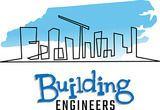
After reading about polar bears and other arctic animals, students will use building materials to build a den that a polar bear can stand up in.

Students work in teams to follow criteria and constraints to design their own container that holds pompoms (popcorn). When this is completed they need to test and record how many pom-poms their container will hold. Students find that counting and organizing groups of ten is the best way to do this. They record their information on a data analysis sheet and the following day they compare their numbers and amounts.
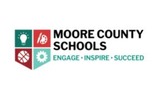
How can we build a model catapult to launch items like candy pumpkins and how would we modify it so it would launch actual pumpkins?
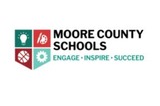
Students can work in pairs or solo, if you want to let them take them home afterwards, to design/make a birdhouse from recycled materials. The students will use their knowledge of what animals need for survival as well as information regarding recycling and helping the environment
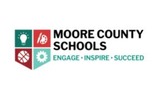
Students will work in groups of 2 to create a hand drawn floor plan and simple 3D model of a residential home. Groups will be assigned fictitious clients who have specific demands for their dream homes. Using hand drafting techniques, students must design a simple 2D floor plan of the home. Once the initial floor plan is finished, they must receive approval from the client (teacher) to move forward with a 3D rendering. The 3D model will be created in Minecraft Education Edition, within a secure server hosted by the teacher. Finally, the students will conduct a “client walkthrough” by presenting their design to the teacher and class.
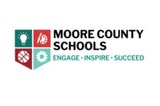
Students are divided into teams that will collaborate to decide a theme for a machine, determine a task for the machine to complete, create a machine, and are given three trials for the machine to run meeting the specifications outlined on the rubric.
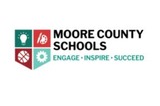
Students will work in groups (2-4 students per group) to translate the genetic code they receive in the form of a color coded message through various formats ending in their group finding the correct “puzzle piece.” If each group chooses the correct piece when they add together their pieces it will create the protein, Insulin.